B-21 Raider's First Flight Still Set For 2023 After 'Power On' Milestone
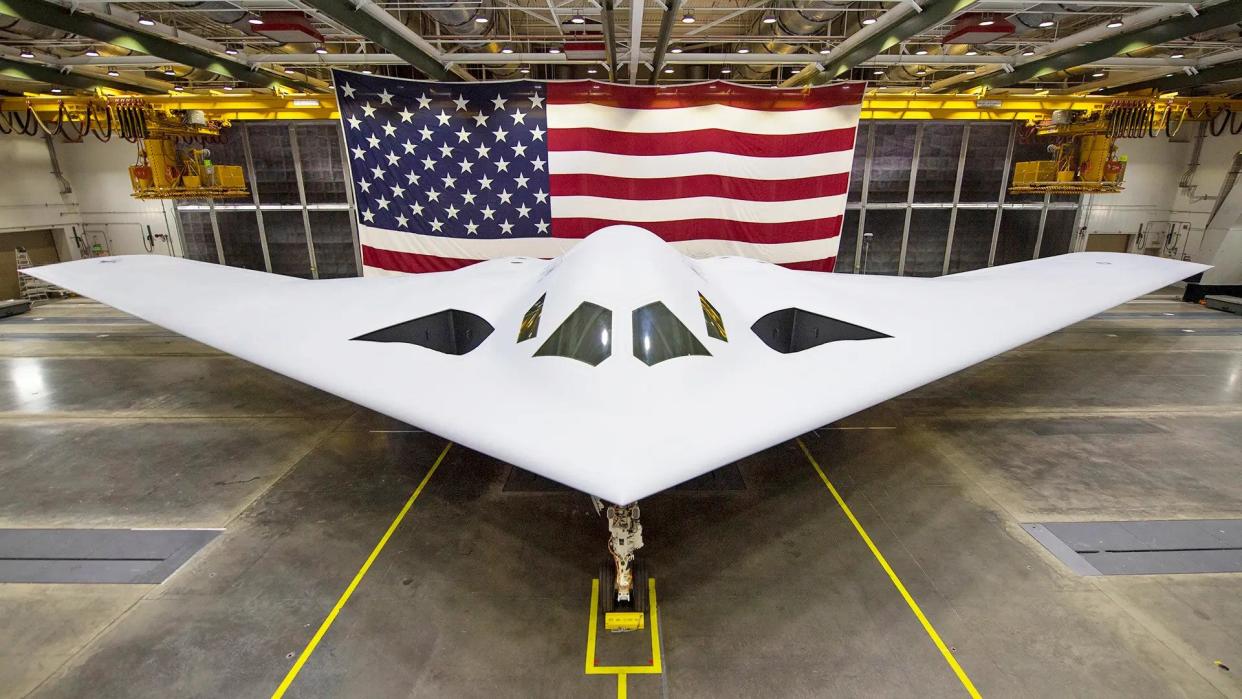
The first pre-production B-21 Raider stealth bomber has been successfully "powered on," according to manufacturer Northrop Grumman. The company also says that is still expecting the B-21 to make its first flight later this year. This comes amid concerns about delays and cost growth in the program, which is a top priority for Northrop Grumman and the U.S. Air Force.
Kathy Warden and Dave Keffer, Northrop Grumman's CEO and Chief Financial Officer (CFO), respectively, discussed the B-21 program during a quarterly earnings call yesterday. On that same call, Warden disclosed that the company would no longer be competing to win the contract to design and build a new sixth-generation stealthy crewed combat jet for the Air Force as part of that service's Next Generation Air Dominance (NGAD) program, a significant additional development that you can read more about here.
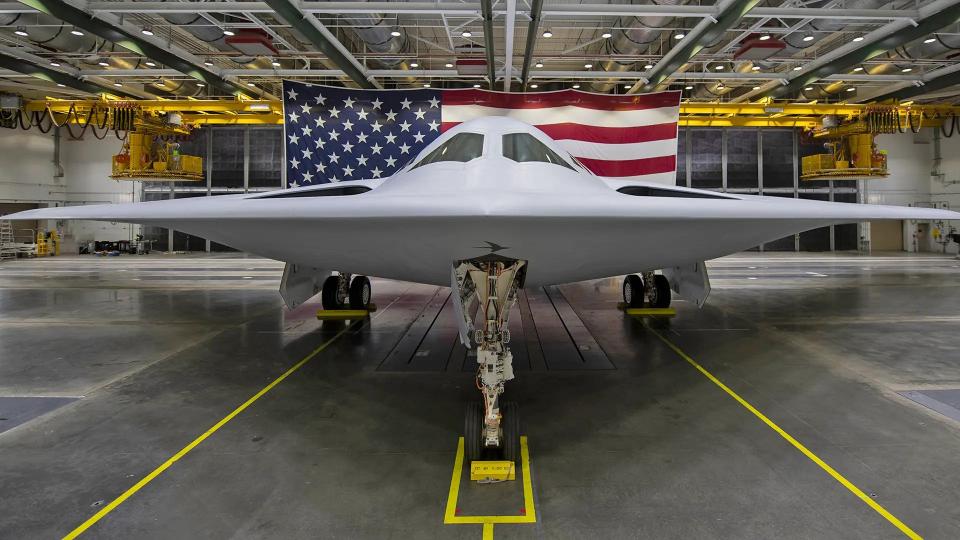
"On B-21, we successfully powered on the first flight test aircraft in the quarter," Warden said, without elaborating further. This is "another important milestone in our campaign to achieve first flight and transition to production."
Northrop Grumman, together with the U.S. Air Force, revealed the B-21 to the public for the first time in a lavish ceremony at Plant 42 in Palmdale, California, last December. Five other pre-production Raiders are known to be in various stages of production at Plant 42. Those aircraft are expected to eventually form the core of the B-21 test force at Edwards Air Force Base, also in California.
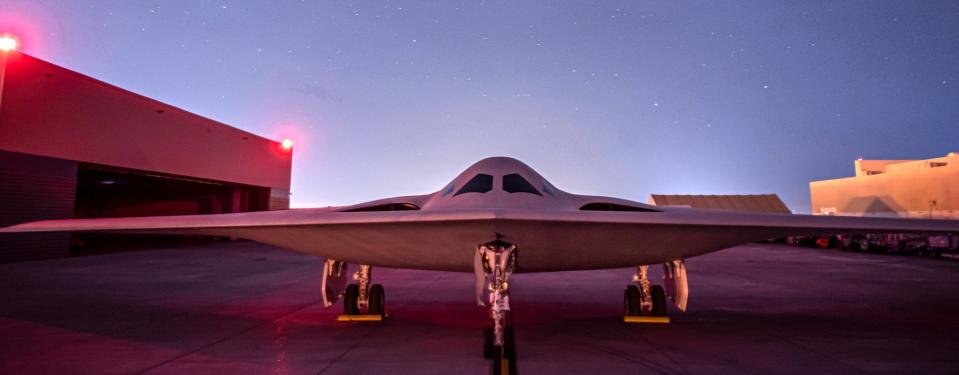
The first flight of the B-21 is expected to take the initial aircraft from Plant 42 to Edwards. However, when that will occur remains to be seen.
In July 2019, the Air Force said that its goal was for the first flight to occur in 2021, but left open the possibility that the schedule could be pushed back. COVID-19, with its massive global ramifications, began to raise massive alarms in early 2020.
By early 2021, the Air Force said it was aiming for a Raider first flight by the middle of last year, which also did not come to pass. The current goal is to have the B-21 take to the sky for the first time before the end of this year.
"We remain on track for first flight [for the B-21] this year," Northrop Grumman's Keffer said during yesterday's earnings call, but stressed that this would still "depend on events and data."
In March, Secretary of the Air Force Frank Kendall did disclose a delay in work on the B-21, which he said had pushed things back "by a few months." He did not elaborate on what had caused this. However, he did subsequently clarify that this reflected a slip in an internal schedule and that the Raider program, overall, was "still within the baseline that we originally had," at least at that time.
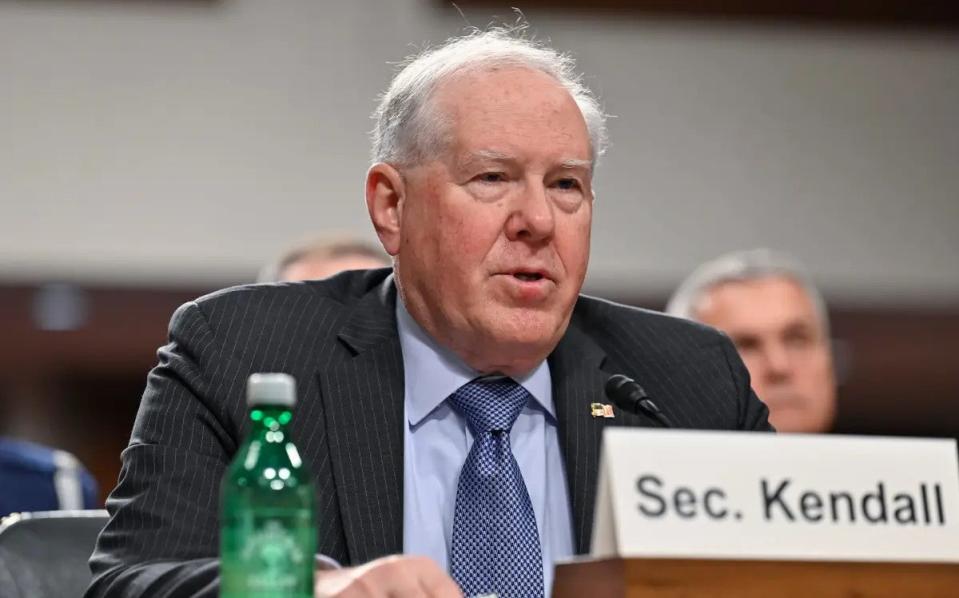
There are also concerns about cost growth for what is already expected to be a multi-billion-dollar program. A global economic slowdown, triggered in part by Russia's all-out invasion of Ukraine in February 2022, is also a factor. As is ballooning inflation.
"I will remind you, we still have the risk factor associated with B-21 as we look at inflationary impacts," Northrop Grumman's CEO Warden explained during yesterday's earnings call. "In the [second] quarter [of 2023], we did receive notification that the DOD has allocated $60 million for B-21 LRIP [low-rate initial production] procurement due to inflationary impacts, and we expect that to be awarded later this year. But keep in mind, this only applies to the one fiscal year it's associated with, FY23 [Fiscal Year 2023], and we continue to work closely with the government on an effort to address the impacts of macroeconomic disruption."
CFO Keffer separately said that Northrop Grumman expected to receive a contract from the Air Force for the first lot of low-rate production B-21 sometime after the Raider's first flight, but it is unclear if the two events are directly tied to each other.
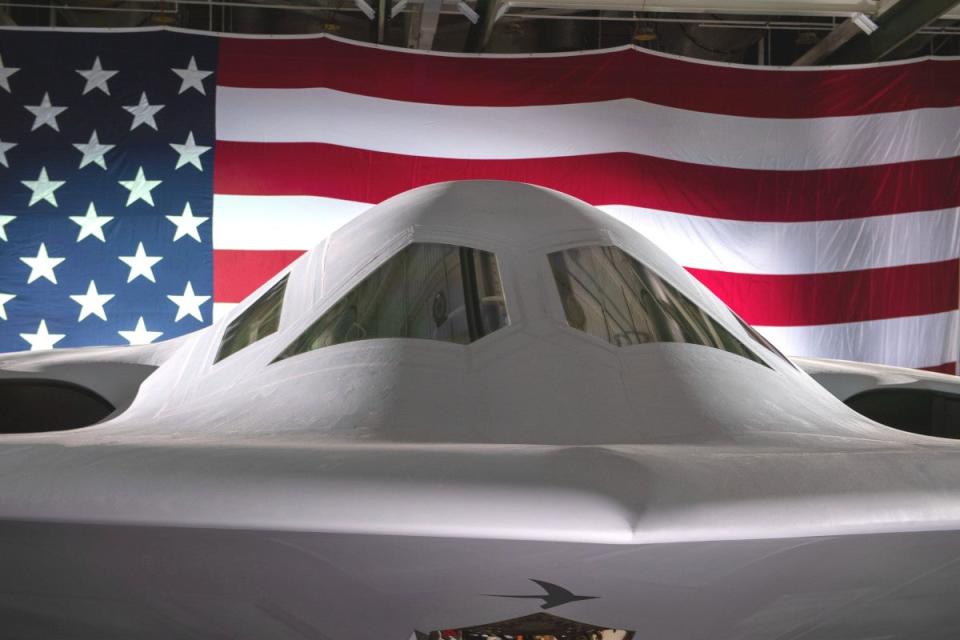
The B-21 is an exceptionally complex aircraft and the program is known to have suffered technical hiccups already. Though the Air Force, as well as Congress, has touted the Raider as a model program, further technical issues could still cause additional cost growth, as well as delays.
"On the B-21, we've successfully demonstrated the use of this digital thread tied to advanced manufacturing technologies to realize over 15 percent labor efficiencies in one area of the build," Warden noted yesterday. "And in June, we launched the expansion of this approach across the whole build process."
Northrop Grumman and defense contractors have continued to tout digital engineering tools despite growing criticism of these practices, including from Air Force Secretary Kendall. He said that the relevant technologies had been "over-hyped" at an event hosted by the Defense Writers Group in May. Kendall's view reflects something of a growing consensus about digital engineering, even among its staunchest proponents, as you can read more about here.
At the same time, a 15 percent gain in efficiency is very much in line with what Kendall said digital engineering tools are actually capable of providing.
"I’ve tried to get reasonable data," Kendall said in May. "My best feel for that is, it’s on the order of 20 percent, as a ballpark number."
https://www.youtube.com/watch?v=OqskhTNwYlQ
Kendall has a long history with the Pentagon's bureaucracy and was deeply involved in the shaping of the requirements and baseline schedule for the Long Range Strike-Bomber (LRS-B) program that evolved into the B-21. He has also now recused himself from making decisions relating to the Raider given previous private-sector work for Northrop Grumman.
When it comes to the B-21 program now, the Air Force has previously pegged the estimated total program cost at $203 billion in Fiscal Year 2019 dollars, which includes the purchase and operation of a fleet of at least 100 B-21s. This would be around $246 billion in 2023 dollars. The Air Force has also indicated that it could seek to buy more B-21s, which could help lower the unit cost of individual aircraft, but increase the total price point.
It also very much remains to be seen how many B-21s the Air Force will ultimately buy. A confluence of factors, including defense spending decreases following the end of the Cold War, doomed plans to buy a large number of the Raider's predecessor, the B-2 Spirit, another Northrop product. Of what was originally planned to be a fleet of 132 B-2s, the Air Force ended up only acquiring 21 in the end.
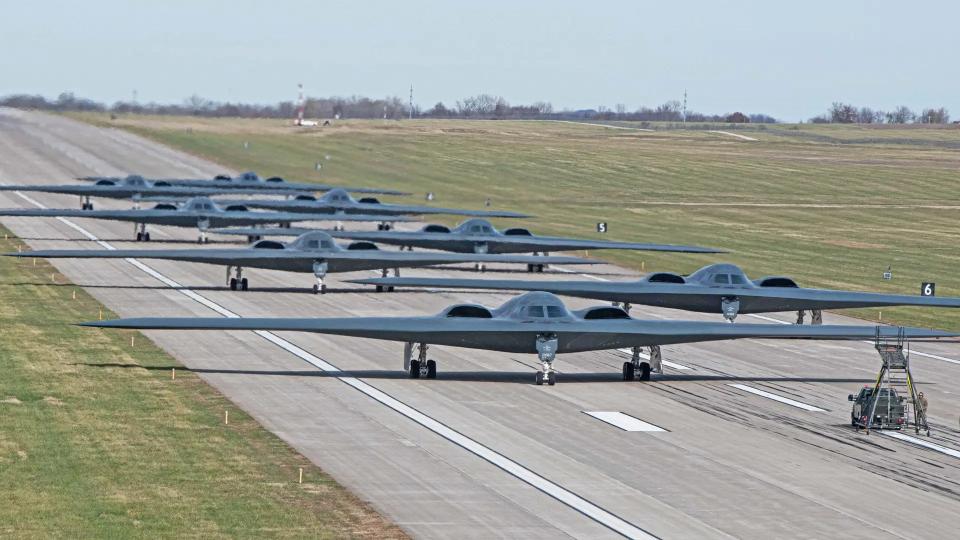
As it stands now, the Air Force hopes that the first B-21s will enter service sometime in the mid-2020s, with the first unit set to be established at Ellsworth Air Force Base in South Dakota. At least two other units are expected to follow, at Whiteman Air Force Base in Missouri and Dyess Air Force Base in Texas, afterward. The Raiders are set to replace the Air Force's B-1 Bombers, which are based at Ellsworth and Dyess, as well as the B-2 fleet at Whiteman. The idea that the B-21 would make it through flight and into initial operational service in just the span of a few years seems extremely ambitious, but that remains the idea, at least publicly.
Whatever the case, Northrop Grumman has now succeeded in powering on the first B-21 test aircraft as it pushes toward a first flight before the end of this year.
Contact the author: joe@thedrive.com

